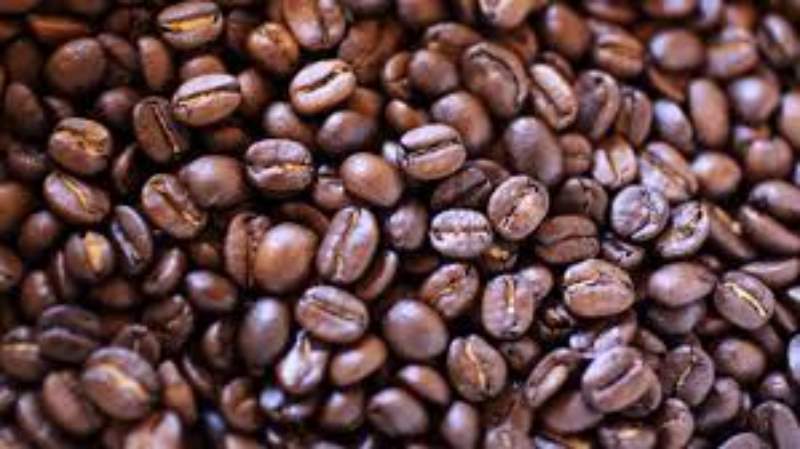Caffeine is a white Crystalline solid in the form of needles. It is present in tea leaves up to 3%. It can be extracted by first boiling the tea leaves with water. Which dissolves many glycoside compounds. The clear solution is then treated with lead acetate to precipitate the glycoside compounds in the form of the lead complex. The clear filtrate is then extracted with extract because it is more soluble than water.
It is a naturally occurring alkaloid belong to the methylxanthine class. It is found in many different plants leaves and fruits. IUPAC name of caffeine is 1,3,7 Trimethylpurine-2,6-dione.
The amount varies from sample to sample. Firstly it was thought that caffeine is responsible for the taste and flavor of tea pure caffeine is a tasteless substance. The taste in caffeine is due to polyphenols.
USES:
- It can be taken with or without food. If it upsets your stomach, take it with food.
- Recommended dose should not be exceeded.
- The average cup of coffee contains 150-200 milligrams (mg) of caffeine per cup. While a cup of tea will have about 60 mg.
- Cola products have about 30-40 mg. Most energy drinks have about 60-70 mg.
PROCEDURE:
• Firstly, 50 grams of tea leaves were taken as a sample.150 ml of water was added to it in a beaker. Which was heated up to extreme boiling. The solution was filtered and lead acetate was added.
• To the filtrate, leading to the formation of a curdy brown colored precipitate. Kept on adding lead acetate till no more precipitate has been formed. After that, the solution was filtered.
• Now the filtrate so obtained was heated until It had become 50 ml. Then the solution left was allowed to cool. After that, 20 ml of chloroform was added to It. Soon after, two layers appeared in the separating funnel. The residue left behind was caffeine.
• Then weighed it and recorded the observations. A similar procedure should also be performed with different samples of tea leaves and the quality should be observed in them.
RESULTS:
- Tapal contains 60 mg/sample of 50 gm caffeine.
- Lipton tea contains 55 mg/sample of 50 gm caffeine.
- Lipton green tea contains 45 mg/sample of 50 gm caffeine.
Tapal tea > Lipton tea > Lipton green tea
I am a freelance writer studied Biochemistry at the University of Agriculture Peshawar in the faculty of Nutrition sciences.







